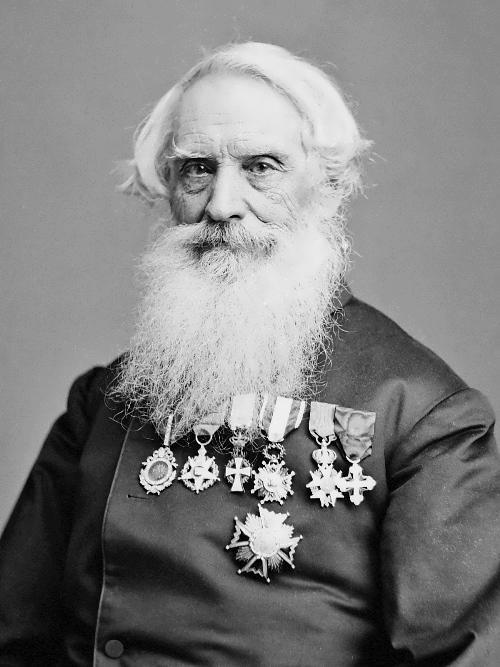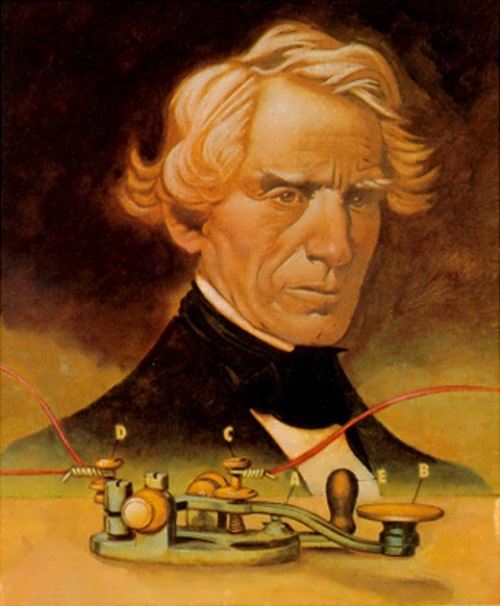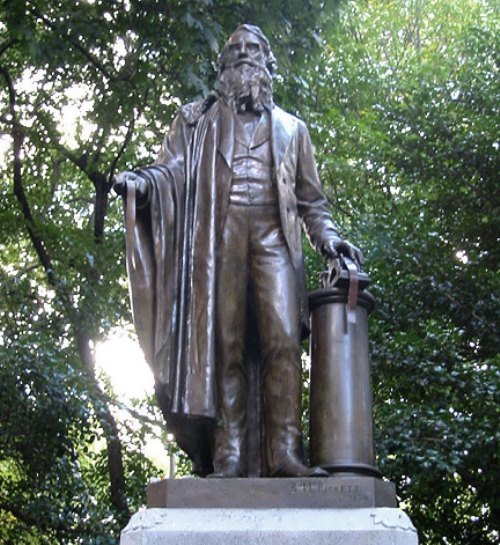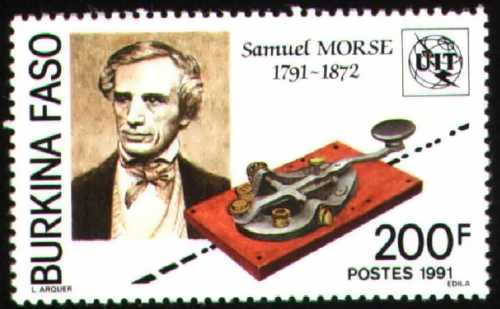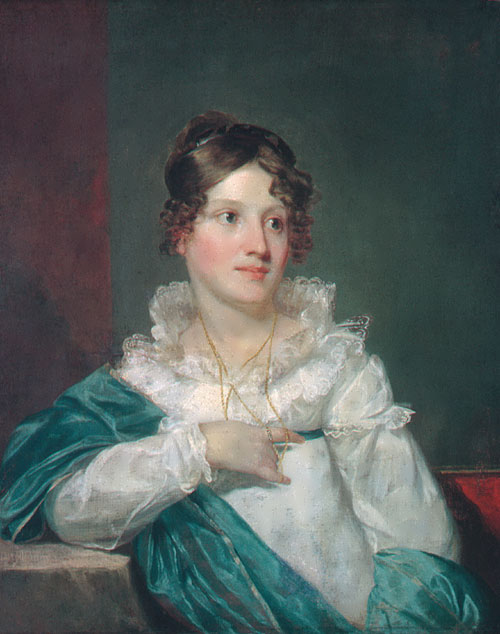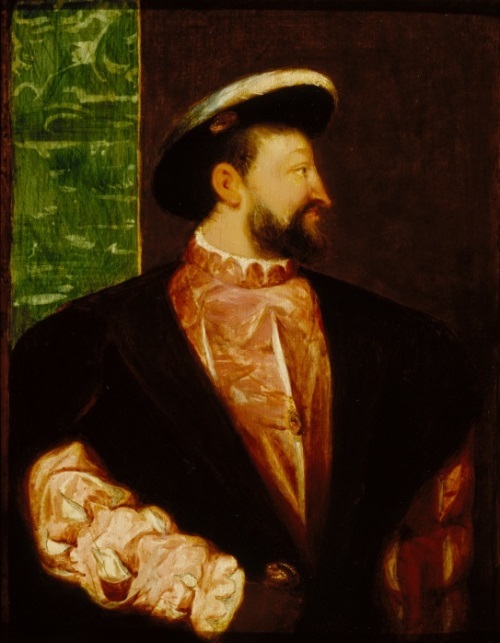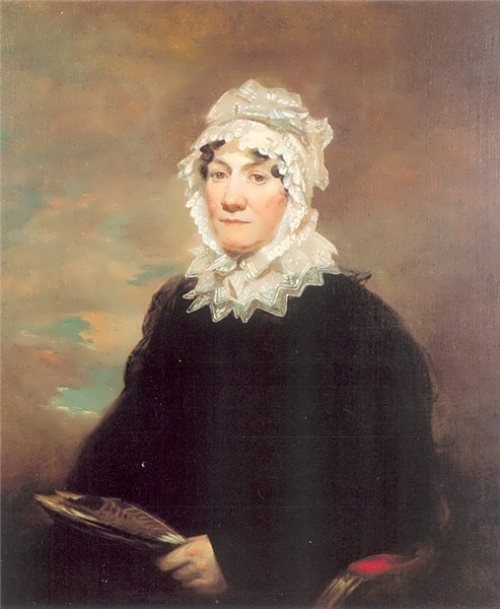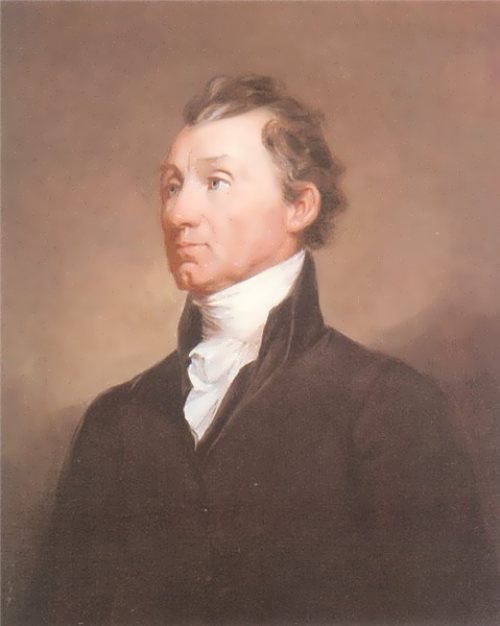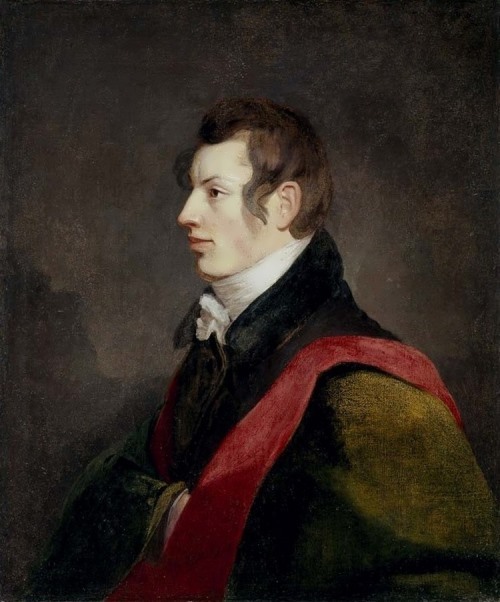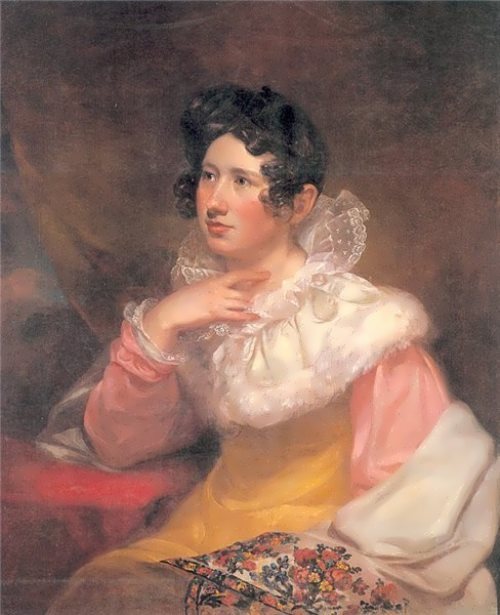Samuel Morse – great inventor
Samuel Morse was American artist and inventor, designed and developed the first successful electromagnetic telegraph system.
Samuel Finley Breese Morse was born on April 27, 1791 in Charlestown, Massachusetts. He was the eldest son of Jedidiah Morse, a noted Congregational minister, and Elizabeth Ann Breese Morse. He studied at Phillips Academy, in Andover, and at Yale University. The boy was fond of art. His father opposed a career as an artist. Samuel took a job as a clerk in a Charlestown bookstore. During this time he continued to paint, and his work soon came to the attention of two most respected artists, Gilbert Stuart and Washington Allston. They spoke highly of his abilities. So, his father sent him to London to study art in 1811. In 1813, Morse won the gold medal for his painting Dying Hercules at the London Royal Academy of Fine Arts.
In 1815 Samuel returned home. In 1826 Morse helped found, and became the first president of the National Academy of Design. In 1835 he became a professor in art at the University of the City of New York.
In 1832, while returning from Europe on the steamship Sully Morse was inspired to invent the telegraph. On the voyage he met Charles Thomas Jackson, an eccentric doctor and inventor, who told him about European experiments in electro-magnetism. Years of work and study were needed to perfect his device. He received practical help from industrialist Alfred Vail, physicist Joseph Henry, and others. In 1837, he applied for a patent on The American Electromagnetic Telegraph.
In May 1844, the first message was flashed over the wire. Its text was: “What hath God wrought!”
Newspapers, railroads, and businesses quickly found use for the telegraph.
The code of dots and dashes used in sending messages is still known as the Morse code in honor of its inventor. Morse Code is a system of electronic communication. The symbols are arranged to spell out a message. Telegraph converts the symbols into electrical signals and sends them across a wire to their destination. The signals are then converted back into the message by the telegraph that receives them. SOS is an international call for help. S (three dots) and O (three dashes) are easy letters to understand.
Morse bought the estate in Ponchkifi, near New York, and spent the rest of his life with a large family of children and grandchildren. In old age, he became a philanthropist. He took care of schools, universities, churches, Bible Society, the missionaries and the poor artists.
Morse died on April 2, 1872 in New York City.
In 1970, the International Astronomical Union named the crater on the back side of the moon after Samuel Morse.
Personal life
On September 29, 1818 Morse married Lucretia Pickering Walker. They had three children. After the death of his first wife Morse married Elizabeth Griswold on August 10, 1848. They had four children.
Some portraits by Morse
